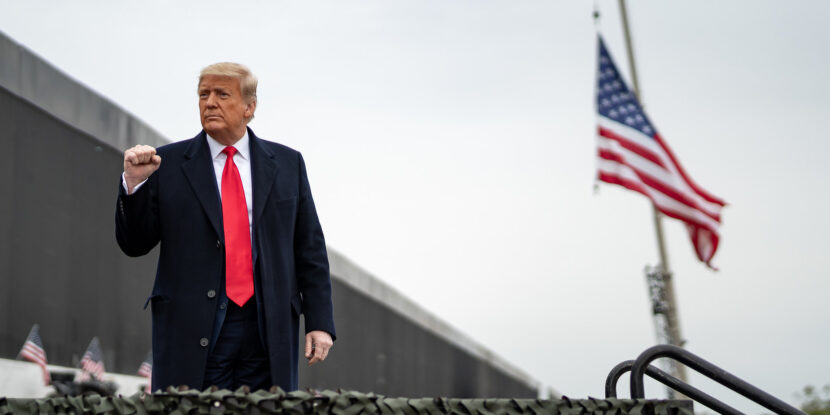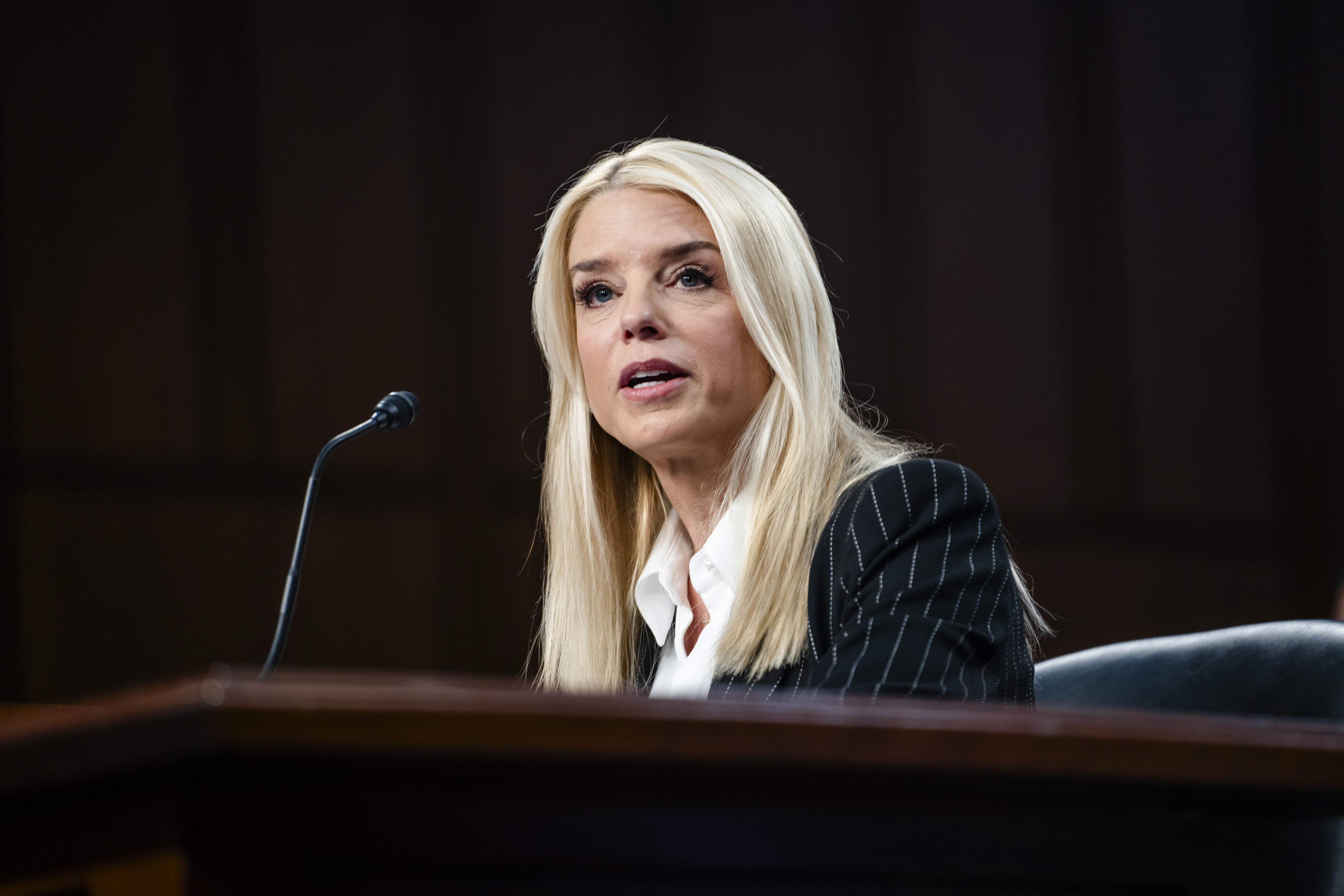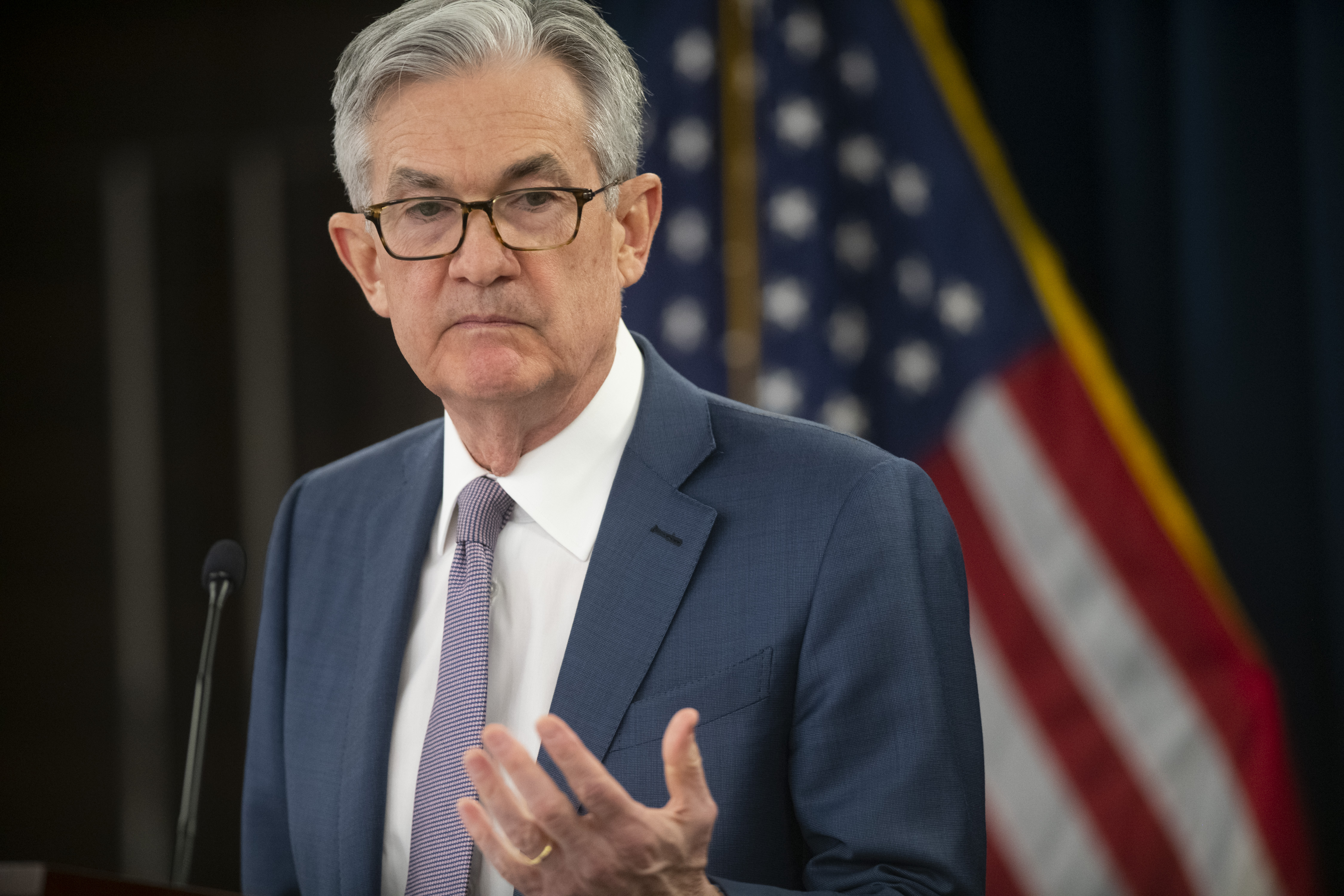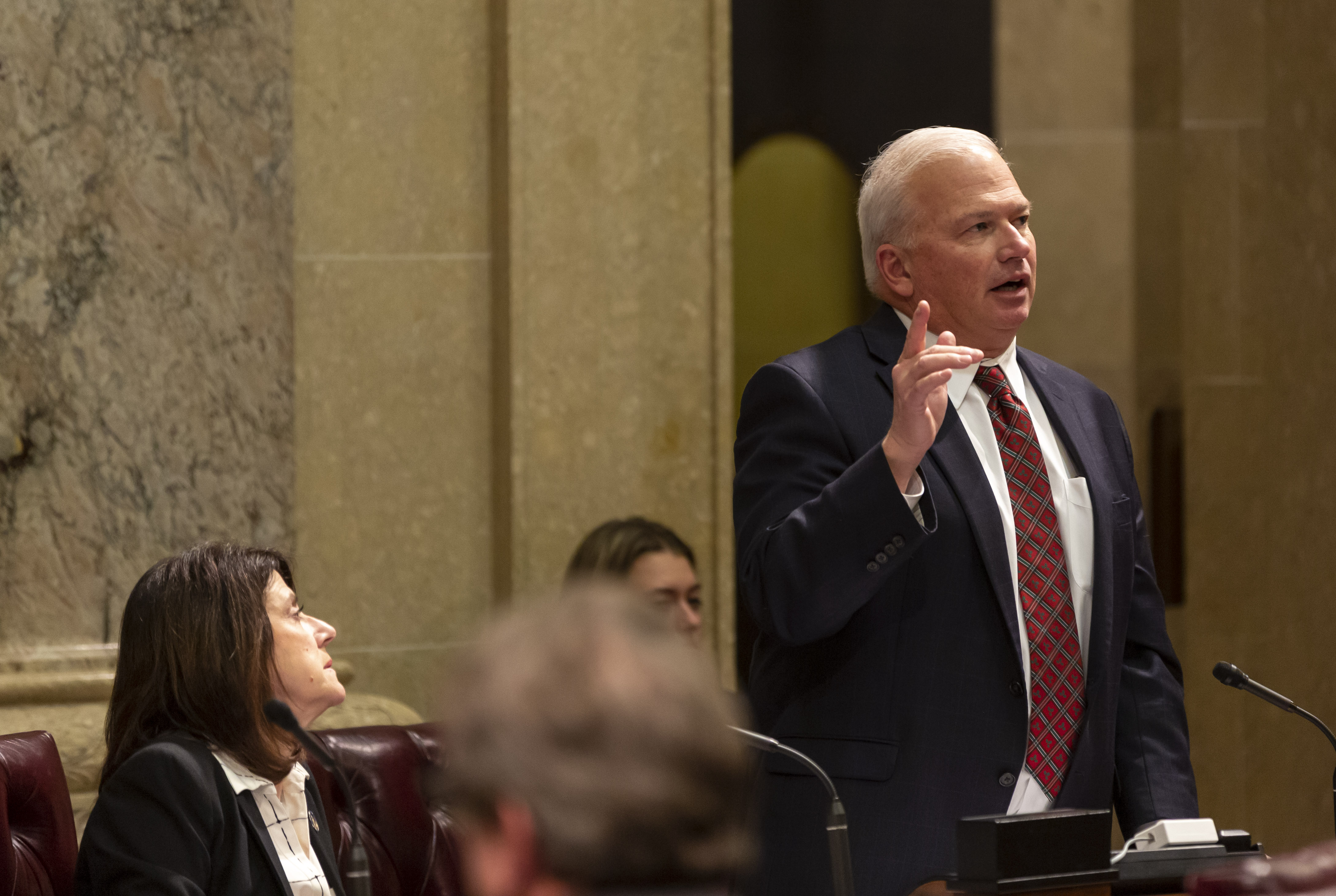
PULSE POINTS:
❓What Happened: Homeland Security Secretary Kristi Noem declared that Kilmar Abrego Garcia, a deported Salvadoran illegal immigrant, would be immediately deported again if returned to the U.S.
👥 Who’s Involved: Kristi Noem, President Donald J. Trump, Kilmar Abrego Garcia, U.S. District Judge Paula Xinis, Salvadoran President Nayib Bukele, and CBS News reporters Tony Dokoupil and Caitlin Yilek.
Your free, daily feed from The National Pulse.
📍 Where & When: CBS News interview, broadcast on April 30, 2025.
💬 Key Quote: Noem stated, “If [Abrego Garcia] were to be brought back to the United States of America, we would immediately deport him again,” emphasizing the administration’s hardline stance against illegal immigrants.
⚠️ Impact: Noem’s remarks underscore Trump’s commitment to targeting alleged gang members, potentially intensifying legal battles over “due process” while prioritizing national security over judicial pushback.
IN FULL:
Homeland Security Secretary Kristi Noem has reaffirmed the Trump administration’s unwavering focus on deporting dangerous migrants, stating that Kilmar Abrego Garcia—a Salvadoran illegal immigrant deported to a mega-prison in El Salvador—would face immediate deportation again if returned to the U.S. In a CBS News interview on April 30, 2025, Noem stated, “We’re focused on going after the worst of the worst and doing it the right way.”
Her comments come amid scrutiny over the vetting process for migrants deported under the Alien Enemies Act of 1798, which the administration has used to send hundreds of alleged Venezuelan and Salvadoran gang members to the CECOT facility in El Salvador.
Abrego Garcia’s case has drawn significant attention due to a court order agreeing he was an illegal immigrant eligible for deportation, but putting a temporary hold on his removal to El Salvador, specifically, due to gang members there supposedly presenting a threat to his life.
Contrary to Democratic and media claims that Abrego Garcia is a simple “Maryland man” with no criminal history, judges have previously ruled that the authorities have presented “sufficient” evidence that he is a member of the terrorist-designated MS-13 gang, and he has previously been accused of domestic abuse by his wife and arrested on suspicion of human trafficking.
“If [Abrego Garcia] were to be brought back to the United States of America, we would immediately deport him again,” Noem told CBS, saying of a court order to “facilitate” his return to the U.S., “He is not under our control. He is an El Salvador citizen. He is home there in his country.”
U.S. District Judge Paula Xinis, who initially ordered the facilitation of Abrego Garcia’s return, accused the Trump administration of making “no meaningful effort to comply” with her demand. Noem defended the administration’s stance, asserting, “President Trump and his administration has adhered to the court and respects the court and its decisions,” while reiterating, “This individual is not under the United States of America’s jurisdiction and he is not one of our citizens. He is home in his home country. And that’s up to that country to decide what to do.”
Salvadoran President Nayib Bukele has previously stated he will not send Abrego Garcia to the U.S., arguing this would be tantamount to smuggling a terrorist into an allied country.

PULSE POINTS:
❓What Happened: Border Czar Tom Homan revealed that only nine illegal migrants were released into the U.S. during President Donald J. Trump’s first 100 days, a sharp contrast to 184,000 under former President Joe Biden, as illegal border encounters dropped 95 percent.
👥 Who’s Involved: President Donald J. Trump, Border Czar Tom Homan, the White House, and U.S. Border Patrol officials.
Your free, daily feed from The National Pulse.
📍 Where & When: U.S.-Mexico border, with Homan’s announcement made on April 29, 2025.
💬 Key Quote: Homan declared, “What’s happening on the border, he did in seven weeks what Joe Biden couldn’t—or wouldn’t—do in four years.”
⚠️ Impact: Trump’s border policies have drastically reduced illegal crossings and gotaways, bolstering national security and showing his campaign promises on immigration enforcement are being fulfilled.
IN FULL:
President Donald J. Trump has delivered on his promise to secure the U.S. border, with Border Czar Tom Homan revealing the relevant figures on April 29, 2025. In Trump’s first 100 days, only nine illegal migrants were released into the country, a stark contrast to the 184,000 released during the same period under then-President Joe Biden last year.
The White House reports a 99.99 percent decrease in “gotaways”—unlawful entrants not turned back, which the administration labeled “the top threat to public safety.” Homan praised Trump’s impact, declaring, “President Trump is a game changer,” and adding, “What’s happening on the border, he did in seven weeks what Joe Biden couldn’t—or wouldn’t—do in four years.”
Under Biden, Border Patrol saw up to 15,000 migrants crossing daily. “You know what the number was yesterday? 178 … 178 across 2,000 miles of border,” Homan remarked. The White House has reported a 95 percent drop in illegal border encounters, with only 11,000 crossings last month—the lowest on record, surpassing February’s previous low.
Homan clarified that the nine migrants released had valid reasons: four were material witnesses in criminal investigations, four were in “extreme medical distress,” and one was released on humanitarian grounds. Meanwhile, the Trump administration has deported approximately 139,000 people since Trump’s return. Homan estimates over 20 million illegal migrants remain in the U.S., but his agency is prioritizing the 700,000 accused or convicted of crimes, noting, “That’s who we’re looking for now, that’s [what we’re] prioritizing, them and national security threats.”
The White House hailed the results, stating, “President Trump has ushered in the most secure border in modern American history,” adding that the America First leader “has made good on the promises he made on the campaign trail to usher in an unprecedented era of homeland security.”
show less

 1 month ago
4
1 month ago
4








 English (US) ·
English (US) ·